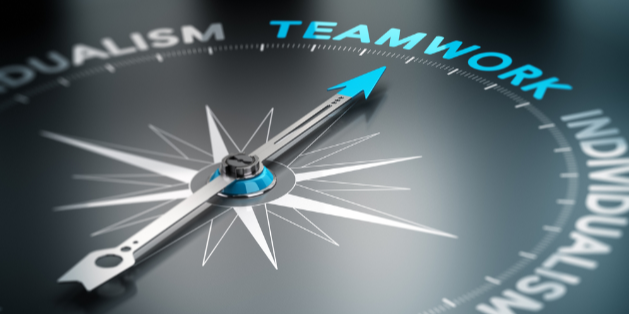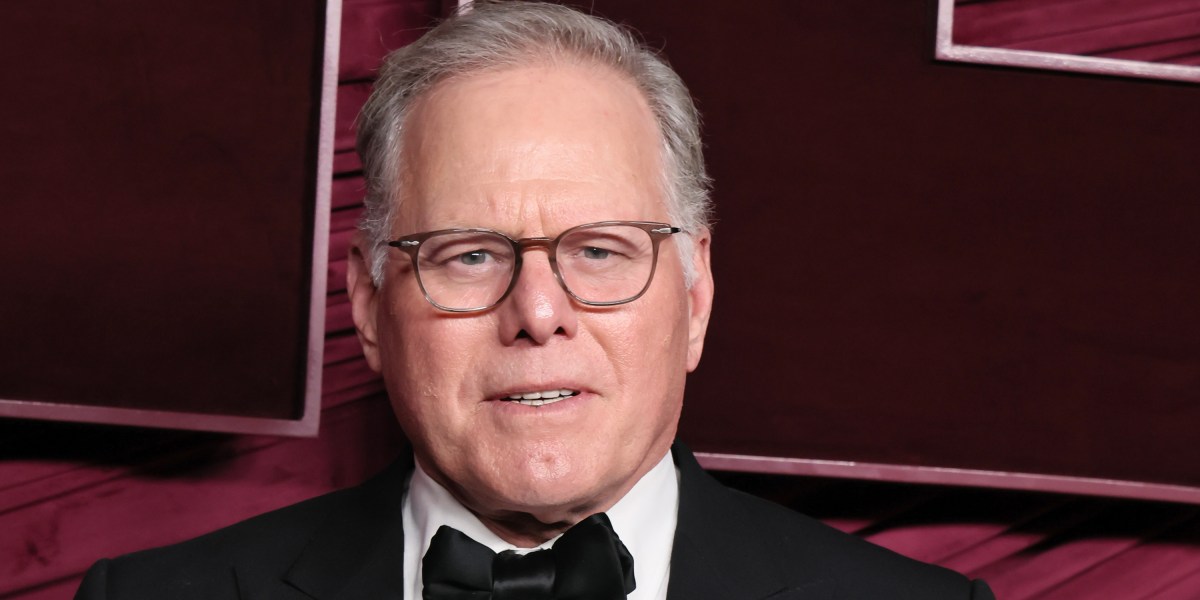Olivier Le Moal/Shutterstock
There are many distinct traits of careers in higher education but one that early career professionals struggle with is the competition. From the open job market of an initial search to the promotion and tenure schedule, there are inherent demands on individuals that are often at odds with the collaborative environment that colleges and universities aspire to foster.
Administrators often talk about breaking the silos but the system rewards faculty and staff to look out for themselves. They don’t have the capacity or incentive to work laterally when the stakes are so high to advance vertically.
“Higher education is an environment that really encourages competitiveness, because everyone is competing for the same job or the same grant or the same opportunity to get published in the same journal,” said Caitlin Luetger-Schlewitt, a lecturer in leadership and career readiness at North Central College. “It makes sense to do some work solo, but collaboration is very important as well, especially when it comes to program development or just the maintenance and the behind-the-scenes work of a department.”
A significant shift must take place for early-career professionals in higher education. Earning a Ph.D. or a qualifying credential involves a lot of solitary efforts. You have to complete your coursework. You have to pass your exams. You have to defend your dissertation. You, you, you. Then you enter a cutthroat environment to land a job and, possibly for professors, a tenured position. No wonder a lot of higher education professionals are predisposed to territoriality and isolation. They are conditioned for it.
“Sometimes we bring the student mentality of doing individual work with us, especially when we’re fresh from a graduate program,” Luetger-Schlewitt said. “There’s an inherent competitiveness within the field and there can be a little bit of natural resistance, but there are some people who love group work and love collaboration. The more you practice something, the better you get at it.”
Collaborative work is essential to career success in higher education and also personal development. Most of us wouldn’t admit to being a self-made professional. You need mentors, research partners, and the ability to influence and be influenced by others to achieve shared goals.
“When you take a job, whether it’s in higher education, industry or anywhere, you are taking a job as an individual contributor, but you’re still a member of that professional team,” Luetger-Schlewitt said. “There has to be some balance between doing your individual work and contributing to that team.”
Making the transition or toggling back and forth from individual to group contributor can be psychologically challenging for early-career higher education professionals. Here are five steps from Luetger-Schlewitt, who is a trained psychotherapist, about how to handle the fluctuations and create personal change in the face of, well, difficult change.
Step 1: Gauge Your Engagement
Whether you are an adjunct professor, on the tenure track, or you are administrative staff, you must understand what’s expected of you and not get caught up in what you think you should be doing or trying to fulfill an never-ending stream of requests for your time and energy.
“There is a different level of engagement needed from employees who are full-time, part-time, contingent faculty, and adjunct faculty,” Luetger-Schlewitt said. “It’s very easy for some to be taken advantage of.”
Inequality doesn’t just fall on employee classification, but also gender and other demographics. Research led by Linda Babcock at Carnegie Mellon documented how women disproportionately volunteer for “non-promotable” tasks than men. Make sure you are prioritizing the work that will sustain your career and allow you to continue doing the work that is most meaningful.
Step 2: Ask ‘What If This Was Easy?’
If you struggle with group work or independent tasks, you might need to simply ask yourself why. An approach that Luetger-Schlewitt uses with her clients is having them start thinking about why something is a challenge. Group work might be off-putting because you don’t have interpersonal skills or you have difficult colleagues — whatever the case, know why.
“Once you do that, you can start thinking, ‘OK, what would be different if this was no longer a challenge for me?'” Luetger-Schlewitt said. “If you wave a magic wand and the problem was no longer a problem, why wouldn’t it be a problem anymore? Sometimes that can be really eye-opening. There’s a certain level of insight or self-awareness that’s needed for making change. Then you can figure out what the root cause is and understand what might need to be different.”
Step 3: Identify Solutions
Once you know the barriers, you can plan to overcome them. This might mean changing your work environment so you have fewer interruptions, delegating tasks to others, getting more support from your supervisor, or practicing the thing that you are struggling to do. For some, the solution might be getting a new job.
Step 4: Model Behaviors You Desire
Instead of looking inward for solutions, sometimes the best way to change or grow as a person is to look to others for inspiration. You can model those who you admire, who are successful, or who are continually rewarded for their behaviors. It doesn’t have to be someone whose status or position you aspire to obtain, but simply a trait you wish to develop.
“You can observe people if you struggle with group work, and maybe you have a colleague who is the best collaborator,” Luetger-Schlewitt said. “What is it about them that makes them so good? What qualities do they possess? You can start incorporating or mimicking some of those behaviors.”
Step 5: Make Gradual Changes
Finally, don’t expect to instantly become the person you aspire to be. It takes time. Whether you’re changing your diet to lose weight or developing skills to get a promotion, don’t be discouraged if you don’t get immediate results because that could lead to apathy or, worse, the opposite of what you are striving for.
“Everyone’s going to fail because you can’t grow without failure,” Luetger-Schlewitt said. “If you’re trying to implement changes, and you’re thinking, ‘I need to do A, B, and C,’ don’t try to do A, B, and C all at once. Think, ‘Which qualities seem doable for me that I can practice,’ and slowly, over time, try to implement those changes.”
In Conclusion
Successfully transitioning between individual and collaborative work in higher education requires self-awareness, intentional practice, and gradual change. Practice these key steps for early-career professionals to thrive in a system that often rewards competition over connection.




























